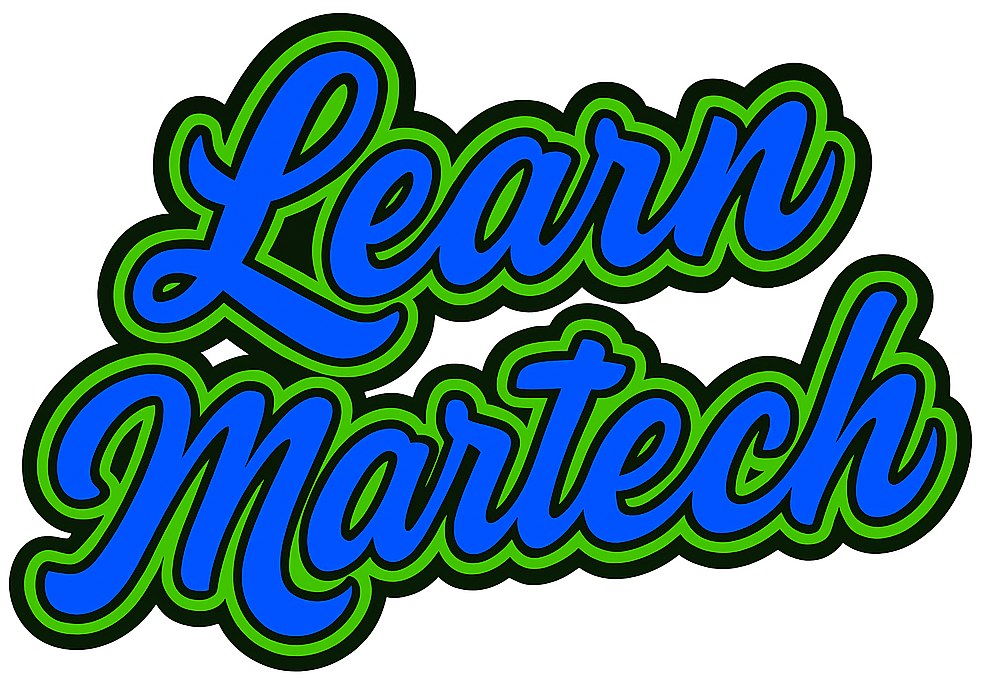Gartner predicts that website traffic from search engines will decrease 25% by 2026 as people turn to AI chat for answers.
Look, Google is more annoying than ever in 2025 and users of the internet are open to better ways. AI chatbots have opened this door and it’s imperative for marketers to understand the new landscape of search if they want their content to remain relevant across digital marketing platforms.
Although Google search is far from irrelevant, it is already so much easier to ask an AI chatbot your question. It can search the internet and return thoughtful answers with its sources provided.
For all the issues with AI hallucinations, sycophancy and useless answers, AI chatbots are actually really good at dodging Google’s BS and giving you a quick place to start. I always look at the source links and frequently go to the web page to read about the matter in full. It’s more important than ever to have a high quality website, despite the diversion of traffic to AI.
First, if you learn nothing else, focus on the fact that SEO has for a LONG time been about helpful content, and updating your strategy to cater to AI chatbots must also incorporate this very basic strategy.
Traditional SEO is certainly not out the window, but we have to understand acronyms like AIO and GEO to stay relevant. It’s also important to understand general acronyms in the AI ecosystem, including “AI” itself.
Here is an overview of terms & AI acronyms website marketers should know in 2025:
What are AI, AGI, Gen AI and how are they different?
- AI simply means Artificial Intelligence, and for nearly all circumstances at this point it’s a fair term to use.
- AGI refers to Artificial General Intelligence, which is a state for machines to essentially be “equal” to human in intelligence. This term still struggles to have a concrete definition among experts, so it’s difficult to determine at what point AGI will be achieved.
- Gen AI (generative AI) is AI that is trained on a variety of content and is then able to create new content, such as ChatGPT.
What is an AI Chatbot?
- An AI Chatbot refers to platforms like ChatGPT and Copilot where you can converse naturally with the technology like you’re talking to a human.
What is GEO?
- GE refers to generative engine, which describes the technology that runs chatbots (like ChatGPT). Learn more here.
- GEO refers to Generative Engine Optimization, which is essentially optimizing your website for generative engines, like ChatGPT or Copilot to make sure they use your website as a source when people ask them questions.
How is GEO different than SEO?
- Traditional SEO (search engine optimization) focused on optimizing your website for search engines like Google and Bing so they would show your website on the first page of the search results.
- Generative engine optimization (GEO) focuses on optimizing your website for AI (whether chatbots, AI overviews, AI agents or other methods yet to come).
- The basic idea with GEO is to ditch the marketing fluff and write in a natural, clear manner that can easily be picked up by AI (quality headings, bulleted lists, simple language – no marketing and sales jargon). Focus more on questions and phrases people might ask vs specific keywords.
- It’s important to note that no one should be focusing on one over the other, and SEO and GEO share many of the same principles (such as a foundational focus on helpful content).
What is AIO?
- AIO stands for AI Overview and is the AI-generated summary users now receive at the top of the Google search results. The AIO is responsible for telling you that you’re definitely dying of cancer any time you search benign symptoms of whatever illness you caught from your toddler. Sometimes it’s helpful, sometimes it’s terrifying.
- There are tactics marketers can use to help push their content into being cited by the AIO, but the ongoing theme is the same: produce high-quality, well researched content that shows your expertise. Learn more here.
Example of GEO in Action
I’ve implemented some of the tactics within this post. Rather than simply listing the acronyms, I created headings in the phrase of exact questions people might use. For example, instead of having “AI,” “AGI,” and “gen AI” alone above separate lists I combined them into a comparison phrase question. AI chatbots like unbiased comparisons and questions that closely mirror what a person is asking.
No one simply types “AGI” into a chatbot. They would likely type: “What is AI and what’s the difference from AGI or gen AI?” It’s more important than ever to think about the types of questions people may ask about your subject and consider them when writing headlines and explanations.
If you’re interested in learning more about tactics to optimize your site for generative engines, Forbes and Search Engine Land have good pieces about GEO published within the past year.
